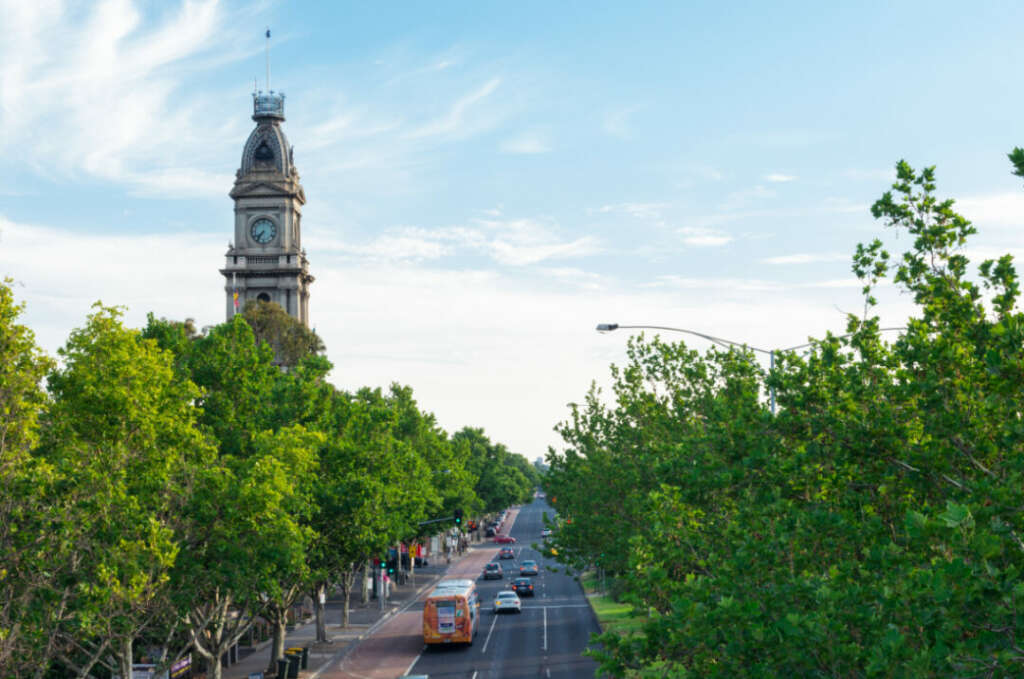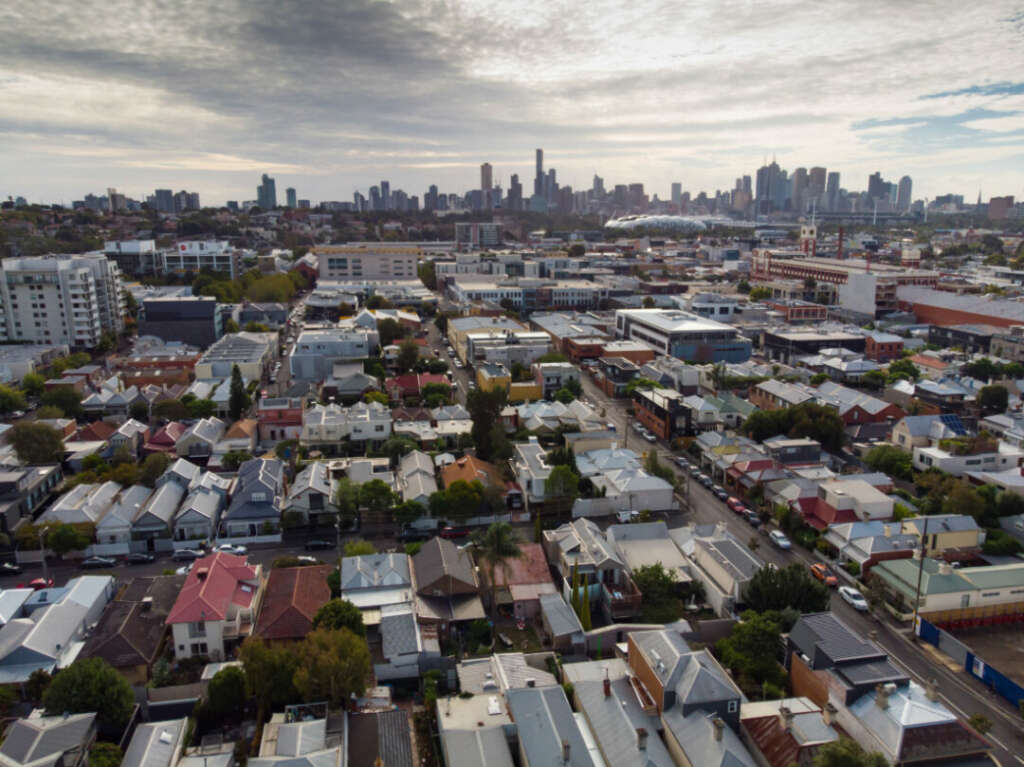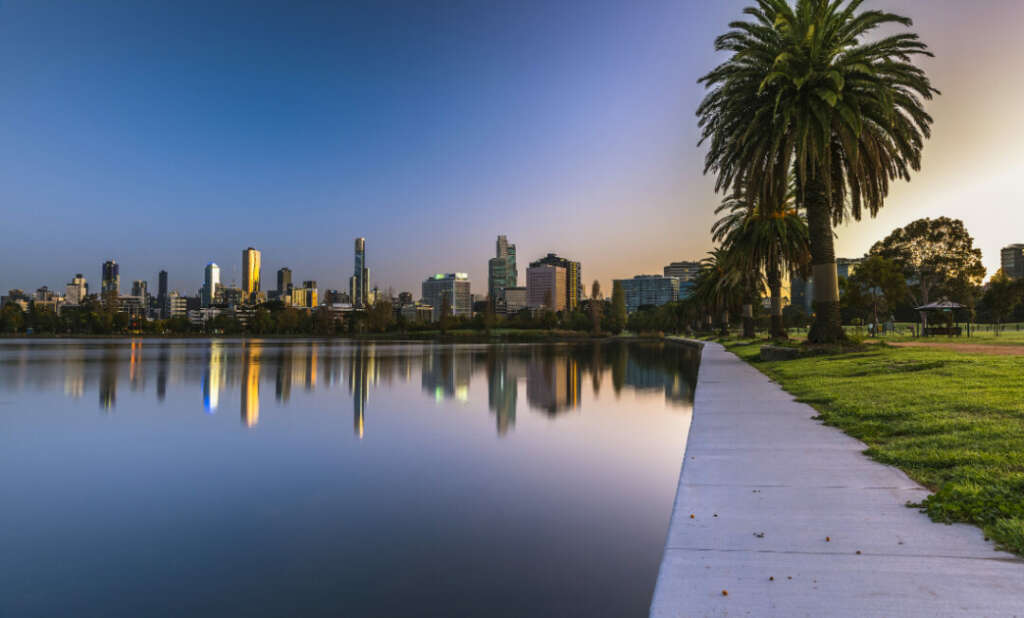By Mandy Chen
We are back to exploring the real estate hotspots of the beautiful city of Melbourne.
Back in Part 1 of this three-part series, we presented 11 of the most popular areas in Melbourne, including their distance from the Central Business District (CBD), their characteristics, sights, and important attributes.
A general and all-round understanding of these hotspots will allow you to make the best choice based on your criteria, taste, and interests when buying a property or investing in real estate in this city. Melbourne is the capital city of the Australian state of Victoria, and the second most popular city in Australia.
For Part 2, let us introduce 8 more popular areas for real estate investment.
 Abbotsford is located 2KM Northeast of the Melbourne CBD. Like many of Melbourne’s inner suburbs, there are few detached houses in Abbotsford. The residential streets in this suburb are mostly narrow, and some streets are lush with greens.
Abbotsford is located 2KM Northeast of the Melbourne CBD. Like many of Melbourne’s inner suburbs, there are few detached houses in Abbotsford. The residential streets in this suburb are mostly narrow, and some streets are lush with greens.
A large proportion of houses in Abbotsford are subject to Heritage overlay provisions, which protect their heritage value. The older residential sections consist mostly of single-storey Victorian terrace houses. Some double-storey terraces are found along the railway line and off the tram line on Victoria Street. Unlike the terraces in the wealthier suburbs of the city, many previous industrial and commercial sites have been redeveloped as housing, and some are apartment projects.

Collingwood is an inner-city suburb of Melbourne and 3KM Northeast of Melbourne’s CBD. Collingwood is one of the oldest suburbs in Melbourne. It is known for its historical buildings, nineteenth-century dwellings, shops, and factories. Its major thoroughfare Smith Street is one of Melbourne’s major nightlife and retail strips.
Collingwood’s housing consists of a large number of high-rise housing commission flats and much older single and double-storey former workers cottages on small subdivisions. Recently older warehouses and factories have been converted into fashionable apartments and there have been modern townhouse infill and medium density unit developments.
 Known throughout Australia for its street art, music scene and culture of bohemianism, Fitzroy is located 3KM Northeast of the Melbourne CBD. Fitzroy is the main home of Melbourne’s Fringe Festival. Its commercial heart is Brunswick Street, one of Melbourne’s major retail, culinary, and nightlife strips.
Known throughout Australia for its street art, music scene and culture of bohemianism, Fitzroy is located 3KM Northeast of the Melbourne CBD. Fitzroy is the main home of Melbourne’s Fringe Festival. Its commercial heart is Brunswick Street, one of Melbourne’s major retail, culinary, and nightlife strips.
Long associated with the working class, Fitzroy has undergone waves of urban renewal and gentrification since the 1980s and today is inhabited by a wide variety of socio-economic groups.
Fitzroy’s housing is diverse. It has some of Melbourne’s earliest surviving houses and one of Melbourne’s most extensive stands of terraced housing, along with a mix of converted industrial and commercial buildings, walk-up flats, modern apartments, and public housing.
 Well known for its vibrant and popular Little Saigon area along Victoria Street, Richmond is an inner suburb of Melbourne and 3 KM Southeast from the CBD. The diverse suburb has been the subject of gentrification since the early 1990s and now contains an eclectic mix of expensively converted warehouse residences, public housing high-rise flats and terrace houses from the Victorian era. In recent years there have been lots of apartment developments due to the demand and distance to the city.
Well known for its vibrant and popular Little Saigon area along Victoria Street, Richmond is an inner suburb of Melbourne and 3 KM Southeast from the CBD. The diverse suburb has been the subject of gentrification since the early 1990s and now contains an eclectic mix of expensively converted warehouse residences, public housing high-rise flats and terrace houses from the Victorian era. In recent years there have been lots of apartment developments due to the demand and distance to the city.
 Composed mainly of Victorian-styled terrace and semi-detached housing, Albert Part is located 3KM South of the CBD. The suburb has been home to the Formula One Australian Grand Prix since 1996 and many of its residential areas are in heritage overlays to protect their character. The Melbourne Grand Prix Circuit is run on the public roads. Hence the property prices in these areas are higher.
Composed mainly of Victorian-styled terrace and semi-detached housing, Albert Part is located 3KM South of the CBD. The suburb has been home to the Formula One Australian Grand Prix since 1996 and many of its residential areas are in heritage overlays to protect their character. The Melbourne Grand Prix Circuit is run on the public roads. Hence the property prices in these areas are higher.
Read more:
What are the costs of buying a property in Australia
A buying guide for Australian property
 In recent years, South Melbourne has seen an increase in population density, due to apartment development in nearby Southbank, where developments have spilled over from the Melbourne CBD. The suburb is located 2KM south of the CBD, and the main commercial district is centered on Clarendon Street and side streets, including an area around the South Melbourne Market, with many retailers, cafes, eateries, and art galleries. Like the Melbourne CBD, there are many small laneways in South Melbourne, most of them cobbled in bluestone.
In recent years, South Melbourne has seen an increase in population density, due to apartment development in nearby Southbank, where developments have spilled over from the Melbourne CBD. The suburb is located 2KM south of the CBD, and the main commercial district is centered on Clarendon Street and side streets, including an area around the South Melbourne Market, with many retailers, cafes, eateries, and art galleries. Like the Melbourne CBD, there are many small laneways in South Melbourne, most of them cobbled in bluestone.
To the east, towards the St Kilda Road complex, are numerous high rise office buildings.
 Home to some of Melbourne’s most popular tourist attractions including Luna Park and St Kilda Beach, St Kilda is located 6KM southeast of the Central Business District. St Kilda foreshore became Melbourne’s favourite playground, with electric tram lines linking the suburbs to the seaside amusement rides, ballrooms, cinemas, and cafes.
Home to some of Melbourne’s most popular tourist attractions including Luna Park and St Kilda Beach, St Kilda is located 6KM southeast of the Central Business District. St Kilda foreshore became Melbourne’s favourite playground, with electric tram lines linking the suburbs to the seaside amusement rides, ballrooms, cinemas, and cafes.
Many mansions and grand terraces have become guest houses, and gardens have been filled in with apartment buildings, making St Kilda the most densely populated suburb in Melbourne. For the past few years, a lot of the office buildings along St Kilda Road have been converted to apartments. Due to the distance, the apartments along the St Kilda road go for higher prices, especially those closer to the parks.
 Windsor contains a diverse mix of housing, including medium-density apartments, Victorian terrace housings, and high-rise public housing towers. Melbourne’s famous Chapel Street shopping strip bisects Windsor, and the Windsor End is seen as being the more bohemian and less expensive end of the street. Although as developments continue, the Windsor end of Chapel Street is becoming a highly sought-after spot, with many of the smaller retro-type clothing and vintage stores making way for new venues and chain restaurants.
Windsor contains a diverse mix of housing, including medium-density apartments, Victorian terrace housings, and high-rise public housing towers. Melbourne’s famous Chapel Street shopping strip bisects Windsor, and the Windsor End is seen as being the more bohemian and less expensive end of the street. Although as developments continue, the Windsor end of Chapel Street is becoming a highly sought-after spot, with many of the smaller retro-type clothing and vintage stores making way for new venues and chain restaurants.
Stay tuned for Part 3 of this series to completing the full guide to Melbourne suburbs and real estate hotspots. For a start, read up on Part 1 of this series as well too.
Register here and one of our professional real estate consultants will get in touch with you on your next big step towards the Aussie dream.

